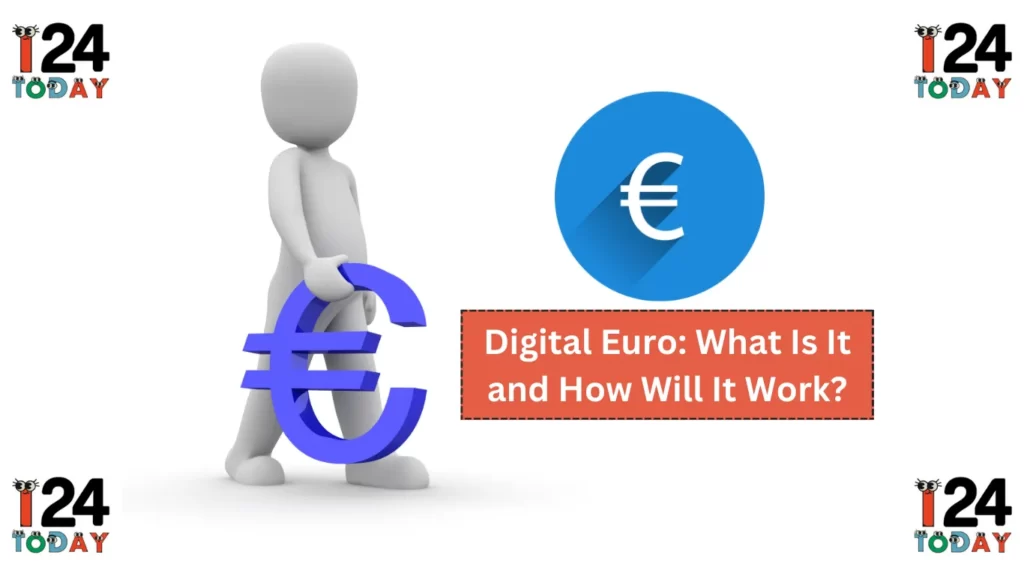In the coming years, the digital euro could become a new way to pay for things. While European authorities are discussing this idea, we’ll explain what the digital euro is all about and how it might be used.
Our way of making payments and handling money has been changing. Cash is still around, but many people now prefer digital methods like debit and credit cards, mobile banking apps, and online banking. Additionally, cryptocurrencies like Bitcoin have gained popularity among investors, but their lack of regulation can pose risks to financial stability.
Amid this shift towards digital money and the challenges it brings, the Eurosystem, which is the monetary authority for the eurozone, is considering creating a digital euro.
What Is the Digital Euro Idea According to the European Central Bank?
The European Central Bank (ECB) envisions the digital euro as an electronic form of payment that anyone in the eurozone can use. It would be safe and easy to use, just like physical cash. Importantly, it would have the same value as regular paper money.
The desire to create digital currencies isn’t limited to Europe. Central banks worldwide have been exploring this idea, aiming to address the growth of cryptocurrencies and ensure price stability, financial security, and smooth payment systems.
In Europe, the project began in 2020, with the research phase starting in October 2021 and expected to conclude in October 2023.
How Is It Different from Other Electronic Payment Methods?
If you primarily use cards or digital methods for payments, you might wonder how the digital euro differs from what you’re already familiar with. After all, both are forms of intangible money.
To understand this, you need to know the difference between private currency and central bank currency.
Private Currency: Private currency, also known as scriptural currency, is created by commercial banks, such as Santander. When you take out a loan or check your bank balance, you’re dealing with private currency. Card payments involve transferring this type of currency.
Central Bank Currency: Central bank currency, on the other hand, is created by the ECB. Currently, the only form accessible to the public is physical cash. When you deposit money in your bank, you’re essentially converting central bank currency into private currency. The digital euro aims to make central bank currency available in electronic form. According to the ECB, people could use a card or a mobile app to make payments in digital euros.

Advantages and Disadvantages of the Digital Euro
Since the digital euro is still in the research phase, it’s challenging to outline all the advantages and disadvantages. However, the ECB has mentioned some potential benefits:
Supporting Digitalization: It can facilitate the digitalization of the European economy.
Regulated Payments: It offers a regulated alternative to unregulated payment solutions like cryptocurrencies.
Preventing Foreign Digital Currencies: It can help prevent the use of foreign digital currencies.
Reducing Environmental Impact: It might reduce the environmental impact and transportation costs associated with monetary and payment systems.
Possible disadvantages or challenges include ensuring access for those who lack digital means and ensuring businesses can accept digital euros. The role of commercial banks and the protection of users’ data are also subjects of study by the ECB and participating central banks.
Is the Digital Euro a Cryptocurrency?
No, the digital euro is not a cryptocurrency. It is supported and managed by a central bank, making it distinct from cryptocurrencies. Additionally, its primary purpose is as a means of payment, not as an investment.
When Can We Expect to Use Digital Euros?
The research phase is set to conclude in October 2023. If the project moves forward, an experimentation phase will follow to assess technical feasibility and meet user needs. The timeline for the actual rollout remains to be determined.
Share to Help
